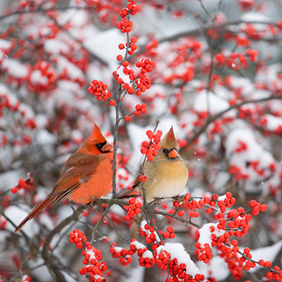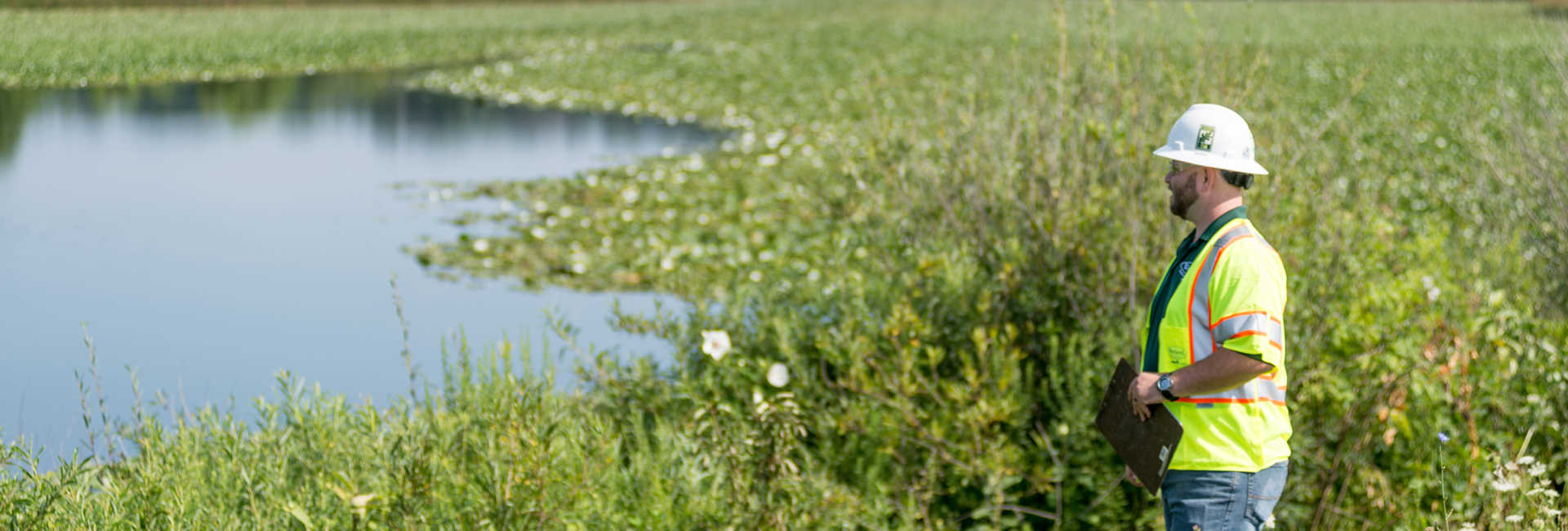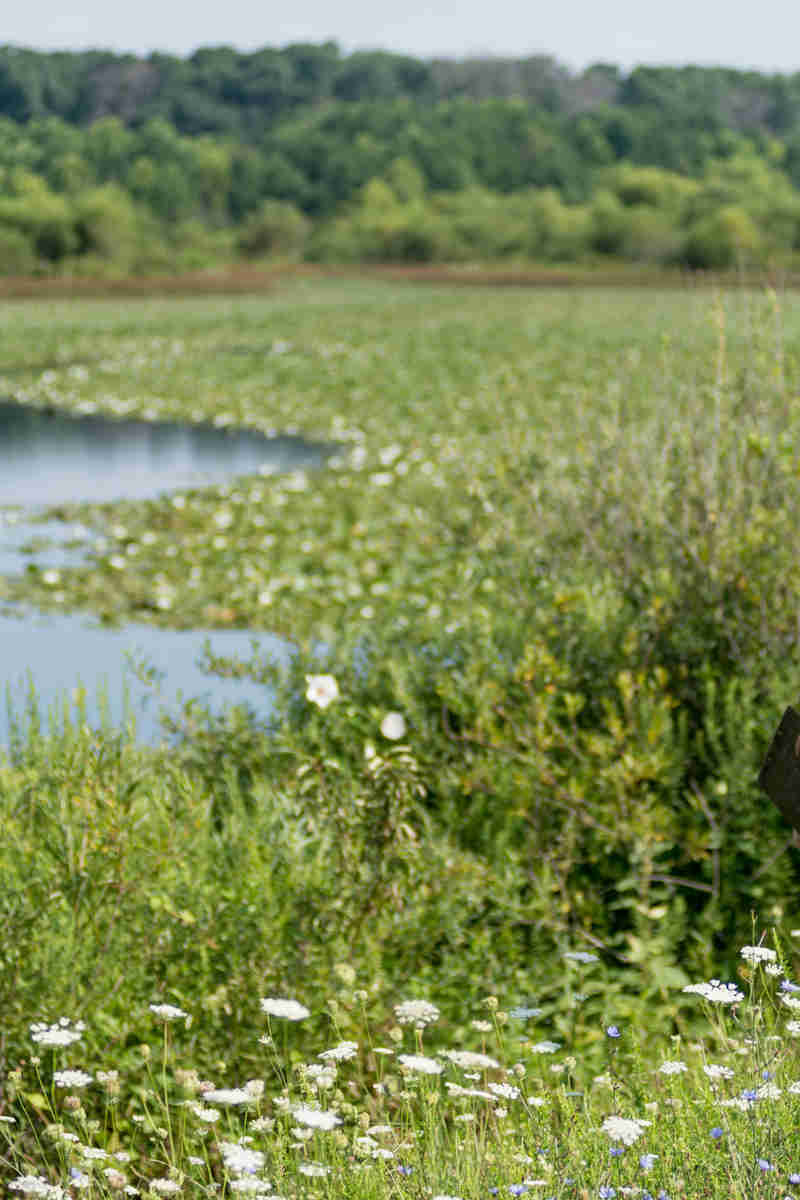While most property owners and managers concentrate on the appearance of summertime vegetation, it’s equally important to consider native plants that not only provide aesthetic interest in winter, but also food and shelter for birds and other wildlife through the stresses of cold weather and wind. Evergreens, such as arborvitae and red cedar, offer a striking dark green against the snow. Their dense, flat outer growth and relatively open interior create a cozy shelter for birds in the most inclement weather. Creating a pile of downed branches and leaves, or leaving dead flower and grass stems standing until early summer also furnishes small animals and overwintering insects protection from winter’s grasp.
Wildlife biologists often refer to winter as the “bottleneck” time of year, where resident animal populations are at their highest but resources are at their scarcest. This is why having native nut and berry-producing plants in the landscape are critical for these animals to make it through the narrow parameters of the season, especially in suburban areas. There are a multitude of native trees and shrubs that can supply a reliable food source. Here’s an all-time favorite:
Winterberry: Our Native Holly
You’re most likely familiar with the shiny, tooth-leaved, evergreen holly that adorns wrapping paper and garnishes holiday decorations, but you may not be aware of the holly that is native to eastern North America. Winterberry (Ilex verticillata) is a deciduous shrub that grows along ponds, streams, and damp thickets. They can also be successfully grown in yards in full sun or partial shade.

Once the leaves turn yellow in autumn and fall from the plant, Winterberry’s true value in the landscape becomes evident. The clusters of bright red berries along the stems create a beautiful contrast to a snowy background. Not only are they a welcomed splash of color in an otherwise monochromatic landscape, but they provide a source of food for small mammals and 48 bird species. They are particularly important as a source of emergency food during the late winter and early spring because the berries persist through the winter.
Winterberry is dioecious, which means that each plant is either male or female. Only the female shrubs will have berries, but of course, males shrubs are necessary to fertilize the female flowers. You only need one male shrub nearby to provide pollen for all the female shrubs your yard can hold. For the highest environmental benefits, plant only the straight species, and avoid cultivars.



